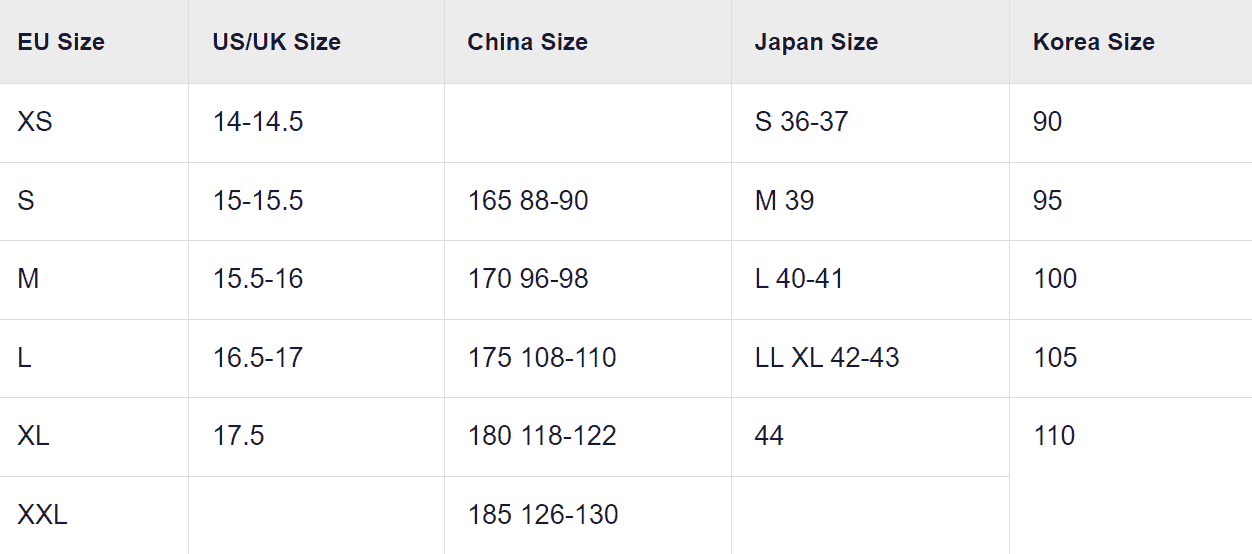Understanding European Shoe Size Conversion to AUS for Your Children
G’day, lovely parents! Are you in a bit of a pickle trying to find the perfect fitting shoes for your kids? Fret not, because converting European shoe sizes to Australian sizes is as easy as pie, and we’re here to guide you through each step!
If you’ve spotted an adorable pair of shoes for your child but it’s listed in European (EU) sizes, you may be scratching your head trying to figure out the right Australian (AUS) size to buy. Worry not, this guide is especially baked up to help you make sense of the numbers and ensure that your little one’s feet are as snug as a bug in a rug!
Why Size Conversion Matters
When it comes to your child’s feet, proper fit is more than just comfort—it’s crucial for healthy foot development. Shoes that are too tight can lead to blisters and other discomfort, while overly large shoes can cause walking issues and increase the risk of accidents. This is why having a handle on shoe size conversion is a must for parents.
The Basics of Shoe Size Conversion
European shoe size standards are different from those in Australia, which means a direct comparison isn’t always straightforward. EU sizes are generally based on the length of the last (the foot-shaped mould that shoes are constructed around) measured in Paris Points, which are two-thirds of a centimeter. Australian sizes, however, are typically one or two sizes smaller than their UK counterparts, and this is where it can get a tad tricky.
Step-by-Step Conversion Guide
Here’s a simple conversion to make things a little less bewildering:
- Determine your child’s current Australian shoe size.
- Look up a reliable size conversion chart (we’ll provide one below).
- Find the corresponding European size on the chart.
- If the conversion falls between two sizes, always opt for the larger size for a better fit, especially since kids grow at the speed of light!
Don’t get your socks in a twist—we’ll go into the nitty-gritty details in a jiffy!
Tips for Measuring Your Child’s Feet
- Measure regularly: Kids’ feet grow faster than a speeding bullet! It’s a cracka’ idea to measure their feet every few months.
- Do it in the afternoon: Feet can swell during the day, so measuring in the afternoon can help you find a size that’s comfortable all day long.
- Use a standard ruler or a Brannock device: You can pop down to your local shoe store or use a ruler at home, just be sure to measure both feet for length and width!
Kids’ European to Australian Shoe Size Conversion Chart
Here’s a little cheat sheet to keep handy:
- EU 24 = AUS 7
- EU 25 = AUS 7.5
- EU 26 = AUS 8.5
Bear in mind that each shoe brand might fit slightly differently, even with the correct size, so it’s always tops to check any brand-specific sizing guides or customer reviews when available.
Frequently Asked Questions
How often should I measure my child’s feet?
Because children’s feet grow so fast, it’s recommended to measure every 2-3 months for toddlers and every 3-4 months for older children.
What if my child’s feet are two different sizes?
It’s quite common for one foot to be larger than the other. Always choose the shoe size that fits the larger foot to ensure comfort on all fronts.

We’re just getting started on this stroller ride through the world of European to Australian shoe size conversion. Stay tuned as we dive deeper into the nuances of kid’s shoe sizing and help you become a pro at picking the perfect pair for your munchkin. After all, happy feet mean happy kids, and that’s what counts at the end of the day!

Five Essential Tips for Parents Preparing for European Shoe Size to AUS Conversion
Before we hop skip and jump into the world of size conversion charts, here are five golden nuggets you should know:
- Understand the EU sizing structure: EU sizes are based on the length of the foot in centimeters. Unlike AUS sizes that incorporate age ranges, EU sizes increase in set intervals. Knowing this will help you get a ballpark figure before even referring to the charts.
- Account for growth spurts: Little feet grow at an astonishing rate! It’s tempting to size up significantly to accommodate growth, but be careful not to go too big. Shoes that are too large can hinder proper walking and can be just as detrimental as tight shoes.
- Be brand aware: Just like adults, different brands will fit differently on your child’s feet. Some European brands may run narrower or wider than Australian brands. Take note of any brand-specific quirks by reading reviews or even contacting the brand directly for their sizing advice.
- Consider different shoe types: The type of shoes you’re purchasing can affect sizing. Boots and sneakers may need extra wiggle room for thicker socks, while sandals may fit differently. Keep the purpose of the shoes in mind when ordering.
- Online shopping tips: When shopping online, look for retailers with good return policies. If you’re uncertain between two sizes, consider ordering both and returning the one that doesn’t fit. This is especially useful for brands that are new to your child’s wardrobe.
Digging Deeper: The Details Matter
Now, let’s delve into the tiny details that make a big difference. The EU/AUS size conversion is simply the tip of the iceberg, and understanding the nuances can save you time, money, and ensure your kiddo’s tootsies are treated right!
- The role of socks: Never underestimate the thickness of socks. Have your child wear the type of socks they’ll typically sport with their new shoes when measuring their feet.
- Check for growing room: When your child tries on shoes, use the thumb rule – there should be about a thumb’s width from the front of the shoe to the end of their longest toe.
- The insole test: Many European shoes come with removable insoles. Take these out and have your child step on them to better visualize how the shoe fits without the confinement of the uppers.
- Watch for the signs: Pay attention to how your child walks in their new shoes. Are they tiptoeing, shuffling, or slipping out? These are telltale signs that the size may be off.
- Mind the material: Remember that shoes made of natural materials like leather or canvas will have more give and stretch than synthetic ones. Take this into account, especially if you’re right on the cusp of two sizes.
Putting It All Together: Your Go-To Shopping Checklist
Armed with a conversion chart and these nifty tips, you’re nearly set. But before you dash off to snap up those chic European shoes, run through this quick checklist to seal the deal on the right size:
- ? Measured your child’s feet in the afternoon with the socks they’ll be wearing with the shoes
- ? Consulted the sizing chart and looked at both length and width considerations
- ? Checked out brand-specific sizing notes and customer feedback
- ? Ordered with consideration for your child’s unique growth rate and style of shoe
- ? Made sure there’s a sound return policy, just in case the fit isn’t quite fairy-tale perfect
Keep this guide bookmarked or printed out for a happy, stress-free shopping spree. Embrace the world of stylish European footwear for your children with the confidence of an AUS-sized koala bear – relaxed, ready, and oh-so cuddly!
For more great articles please see here. For more information see here
Disclaimer
The articles available via our website provide general information only and we strongly urge readers to exercise caution and conduct their own thorough research and fact-checking. The information presented should not be taken as absolute truth, and, to the maximum extent permitted by law, we will not be held liable for any inaccuracies or errors in the content. It is essential for individuals to independently verify and validate the information before making any decisions or taking any actions based on the articles.




